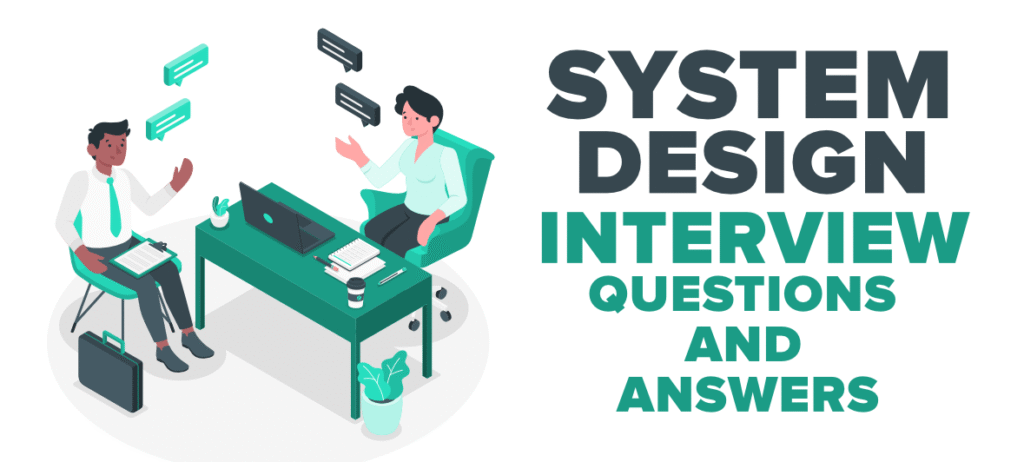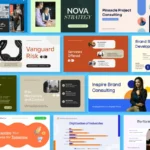Technical interviews—few words can induce more anxiety for software engineers. For many, it feels less like a knowledge test and more like a test of composure. Especially when you’re asked to “design Twitter” in under an hour.
Unlike coding challenges that require precision, system design interviews assess how you think, how you structure complex problems, and how you envision scalable solutions. It’s not about syntax—it’s about strategy.
Why System Design Interviews Matter
Most developers spend their day writing APIs, fixing bugs, or enhancing existing features—not designing Netflix-scale platforms. So why do system design interviews matter?
Because they reveal how well you understand architecture, scalability, and trade-offs. Interviewers aren’t expecting production-ready designs. What they want is to observe how you:
- Deconstruct requirements
- Identify bottlenecks
- Think critically under constraints
In other words, they’re evaluating your engineering mindset, not your ability to recall textbook diagrams.
A Common Misstep: Skipping Design Prep
Many mid-level developers assume system design is reserved for senior roles. I made the same mistake.
In one interview, I was asked to design a ride-sharing app. I rushed into databases and started rambling about maps. I lacked a structured approach—and it showed. I didn’t get the offer.
Lesson learned: if you’re targeting mid to senior roles in tech, system design is non-negotiable.
Start Small: Focus on Practical Systems
You don’t need to memorize the architecture of WhatsApp. Instead, begin with everyday problems:
- How would you design a URL shortener?
- What would a lightweight team chat app look like?
- How should user profile pictures be stored and served?
These smaller use cases expose you to foundational components like:
- Load balancers
- Caching strategies
- Storage models
- Sharding techniques
The more you design, the more you recognize recurring patterns—and that’s how you build intuition.
Clarify Before You Architect
Resist the urge to jump straight into drawing system diagrams. Instead, begin by asking clarifying questions:
- Is the system global or region-specific?
- Do we need real-time data updates?
- What’s the expected user volume?
These questions define the system’s scope and show the interviewer you’re thinking beyond generic answers. Good design is context-driven.
Use Analogies to Explain Complex Ideas
Can’t recall a technical term? Use analogies.
Once, while explaining rate limiting, I described it as a “bouncer who only lets 100 people into a club every hour.” The interviewer smiled and said, “Perfect analogy.”
Clear communication often trumps technical jargon.
Practice Speaking, Not Just Thinking
System design isn’t just about knowing—it’s about communicating.
Try this: pick a random product (say, a food delivery app) and walk through its design aloud. Teach it to yourself or an empty chair. You’ll become more confident, structured, and articulate with every session.
Know the Core Concepts
You don’t need to be a cloud architect, but you should understand these building blocks:
- Caching (and when it’s risky)
- Load balancing
- Relational vs NoSQL databases
- CAP theorem basics (Consistency, Availability, Partition tolerance)
- Message queues & async processing
- Content Delivery Networks (CDNs)
- Basic security principles
Focus on when and why to use each—not just definitions.
Real Feedback, Real Lessons
A friend recently interviewed for a fintech role. She was asked to design a stock trading platform. Her solution was solid—covering dashboards, APIs, and real-time data. But she overlooked traffic surges during market events.
She still got the job, but the feedback was clear: “Think about edge cases.”
Interviewers often introduce new constraints mid-way. Be ready to evolve your design.
Learn by Doing—Not Just Reading
Resources are plenty: books, videos, mock interviews, podcasts. But passive learning isn’t enough.
Draw systems. Ask why. Sketch out your own ideas using tools like draw.io or Excalidraw. Reflect on the architecture of products you use daily. Curiosity is your best teacher.
Final Thoughts: Design Thinking Goes Beyond Interviews
Learning system design changed how I approach my day-to-day work. I no longer just ask, “Does this feature work?”—I ask, “Will it scale? What happens under stress?”
So even if you’re not actively job hunting, practicing system design is a valuable skill. Your early attempts will feel clumsy—and that’s okay. Every scalable system starts with a rough sketch and a simple idea.
Start small. Think deeply. Iterate often.
Read more posts:-How to Create a Portfolio That Attracts Tech Recruiters


